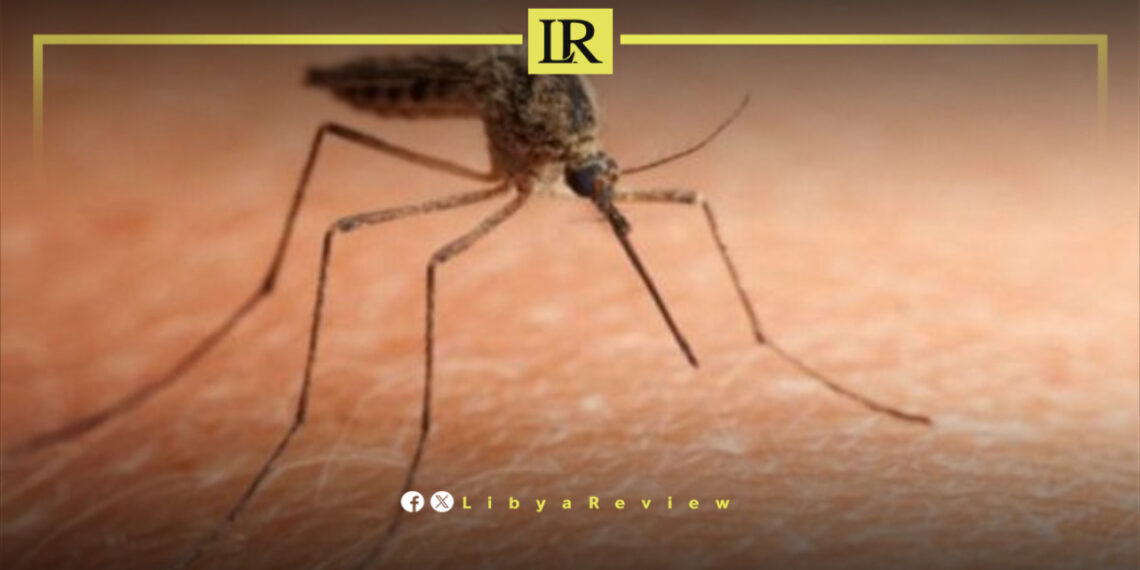Libya has confirmed at least 38 cases of leishmaniasis in the first three months of 2025, with infections reported in four areas across central Libya.
The announcement came from Dr. Fathi Al-Kasah, head of the dermatology department at Ibn Sina Teaching Hospital in Sirte and coordinator of the regional leishmaniasis control program.
The breakdown of cases is as follows:
– 15 in Wushka, including 7 non-Libyans from Egypt and sub-Saharan Africa
– 10 in Abu Qurayn
– 8 in Zamzam
– 5 patients treated at Ibn Sina Hospital in Sirte
All patients are currently receiving treatment with Pentostam injections, which were supplied recently by the National Center for Disease Control.
According to Dr. Al-Kasah, the outbreak is linked to a lack of vector control, particularly the failure to combat the sandfly population, which transmits the parasite responsible for the disease. Without consistent spraying campaigns and environmental cleanup, the sandflies thrive—especially in warmer, poorly maintained areas—leading to spikes in infection rates.
Leishmaniasis is a parasitic disease spread by the bite of infected female sandflies. The most common form in Libya is cutaneous leishmaniasis, which causes painful skin ulcers that can lead to long-term scarring if untreated. A more severe type, visceral leishmaniasis, affects internal organs and can be fatal without proper medical care.
Libya has a history of leishmaniasis outbreaks, often tied to unstable health infrastructure, poor sanitation, and inadequate vector control programs, particularly in rural or conflict-affected regions. The disease tends to resurface when public health services are disrupted, which remains a challenge in many parts of the country.
Health officials are urging a coordinated national response to prevent the spread of the disease, including public awareness campaigns, resumption of sandfly control measures, and increased medical support in affected communities.


